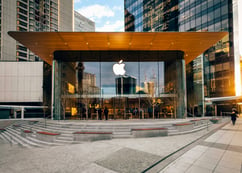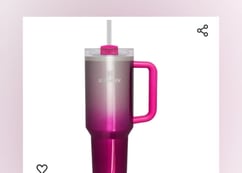The Luxe Paradox: Keeping Glamour Alive in a Click-to-Buy World
How has the perception of luxury changed over time? What strategies can luxury brands employ to maintain exclusivity in a more accessible market? In what ways do sustainability and craftsmanship contribute to the evolving definition of luxury?
Luxury is evolving. Historically, luxury was synonymous with exclusivity, often limited to a select few. However, in today's world, luxury has broadened its value propositions. While a hefty price tag remains a factor, today's discerning customer seeks a deeper connection with the brands they invest in. Sustainability, craftsmanship, and personalisation are the new hallmarks of luxury, reflecting a desire for social responsibility, emotional connection, and a truly unique experience. The question, however, is that since everything is available at the fingertips these days, luxury is diluted. This brings me to my problem statement:
With the democratisation of premium, how can luxury brands maintain their exclusivity?
Luxury marketing expert Jean-Noël Kapferer emphasises that unlike FMCG brands targeting mass appeal, luxury thrives on scarcity. It's the Veblen effect – the desire for goods that are conspicuously less available – that fuels the perception of luxury. This scarcity is a critical component in maintaining the allure of luxury brands. Hermès is a genius at this with the ‘Quota bag’ system. Wealth is no longer the sole indicator.
The key to setting themselves a class apart is for luxury brands to maintain exclusivity. This can be engineered by strategic discontinuation. The production of luxury goods should be much less than the expected demand. Luxury thrives on exclusivity and scarcity. Limited editions and exclusive releases help preserve the brand's prestige. This practice aligns with the idea that luxury creates price, not the other way around. Customers are willing to pay a premium for the experience, the story, and the feeling of belonging to a select group. Take Apple for instance. While undeniably premium, Apple wouldn't be considered a true luxury as its widespread availability dilutes the feeling of owning something special.
With social media controlling what is cool and what is hot, storytelling becomes paramount. The narrative around the brand should consistently emphasize its exclusivity and unique value. Luxury brands go beyond selling products; they need to curate a desirable lifestyle, one steeped in heritage, craftsmanship, and a commitment to social responsibility. Luxury retail stores are the best examples of this. They are designed to offer premium quality services, and a multi-sensory experience.
Counterfeit products are like cancer to luxury brands. While some argue that counterfeit products increase brand awareness, I would say that defeats of purpose. Luxury brands are about maintaining a level of status. It dilutes the social appeal of luxury and leads to the democratisation of these exclusive products. Here, controlled distribution and a focus on the unique brand experience become even more important.
The democratisation of premium presents a unique challenge for luxury brands. Brands must cater to the more discerning customer while retaining the exclusivity that defines the category. However, by focusing on sustainability, craftsmanship, and personalisation, and by strategically managing scarcity and exclusivity, luxury brands can maintain their distinguished status. By continuing to evolve and adapt to the changing landscape, these brands can ensure that they remain symbols of prestige and desire in a world where premium is becoming more accessible.








